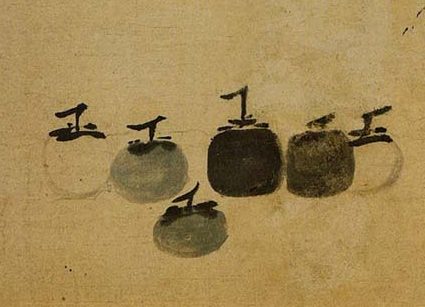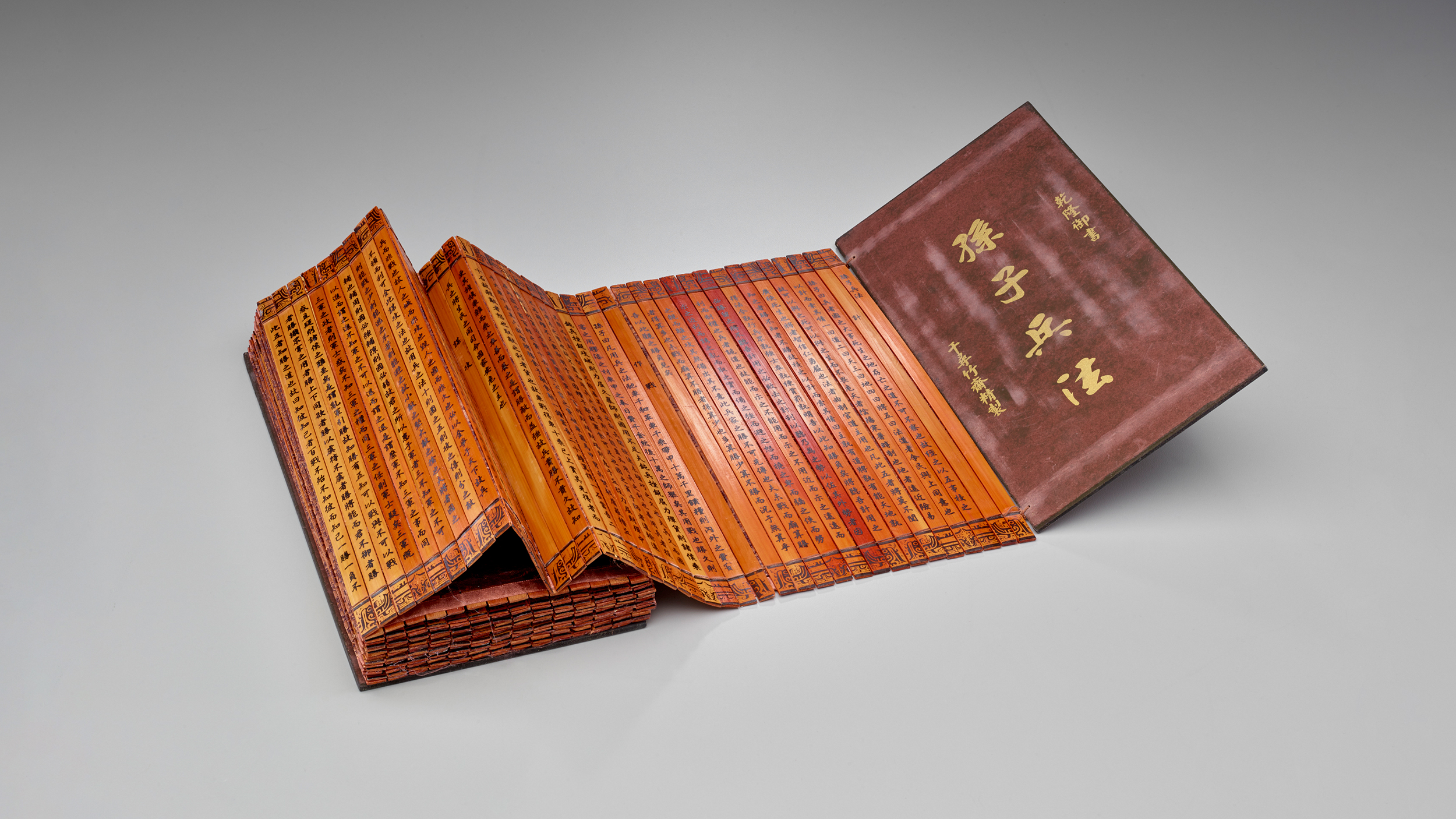Moon Landing: Masterpieces of Chinese Painting at the Freer Gallery of Art

When I was a kid, I found myself glued to the television whenever a moon landing took place. Even when others grew jaded by repeated landings, I never lost sight of the rarity of the event. Just as rare is the opportunity to view rarely exhibited, light-sensitive works on silk and paper by Chinese artists such as those collected by the Freer Gallery of Art in Washington, DC. Masterpieces of Chinese Painting gathers together 27 iconic works of Chinese painting from the Freer’s permanent collection in an educational and aesthetic chance of a lifetime. We may never land on the moon again, but you can see delicate masterpieces such as Bodhisattva Guanyin of the Water Moon (shown), a fragile work of genius on fine silk dating from 968 AD, at least until November 28th.
One of the biggest reasons why American audiences lack a fuller appreciation of Asian art is the inability of display the works on a continual basis. Paper and silk simply cannot stand prolonged exposure to harsh light. Exposing them for our edification must take second place to their preservation. Until its removal in the early 20th century, Bodhisattva Guanyin of the Water Moon, the Freer’s earliest painting from the Song dynasty, remained safe in a cave in Dunhuang (present-day Gansu Province), China. Buddhists came to worship Guanyin in the safety and serenity of that cave. The Freer hopes to offer the same kind of safety, as well as serenity, for viewers to take in the deep spirituality and high artistic achievement of that work and many others. Understanding these works can help Westerners comprehend the often mysterious Asian cultures that continue to mystify us. It’s hard for Westerners, inheritors of a culture relayed for the most part in sturdy stone and resilient canvas, to appreciate traditions founded in silk and paper. The little bit of Asian art on permanent display in most museums is a mere fraction of the whole—and usually not even the best or most representative fraction at that. What if Michelangelo had worked exclusively in silk and script? The story of Western civilization, and its global influence, may have played out much differently.
“These paintings are masterpieces. Some represent the earliest dated work or only surviving format by some of the most famous artists in Chinese history,” said Joseph Chang, associate curator of Chinese art and curator of the exhibition. Works by well-known Chinese artists from the late 10th to the early 18th century fill the exhibition, which covers the Song (960-1279), Yuan (1279-1368), Ming (1368-1644), and Qing (1644-1911) dynasties. Those familiar with Chinese art will recognize traditional themes, such as landscapes, animals, flowers, and bamboo, but done at the highest level of artistry, often by artists that influenced many who followed. During the Yuan period, when Mongols ruled China, artists such as Qian Xuan (c. 1235-1307) and Wu Zhen (1280-1354) reflected that foreign influence in their art. In contrast, Dong Qichang (1555-1636) during the Ming dynasty believed that landscape painting should follow the native Chinese traditions passed down by scholar-painters of the Song and Yuan dynasties. Such “old school” ideas, looking back at even older schools, exemplify the timelessness and continuity of Chinese art while still allowing individual artists to stamp their individuality on the parade of images. Masterpieces of Chinese Art allows both tradition and individuality to speak across the ages through the strength of the Freer’s permanent collection.
Even if you do not feel a need to embrace the depth and breadth of the Freer’s presentation of Chinese masterpieces of painting, which, admittedly, may be too much for the average viewer, even a cursory viewing—a glimpse at the moon—will be a once-in-a-lifetime experience. You don’t need to walk on the surface of the moon to appreciate its beauty. But if you never take the chance to look up on some cloudless night at the full moon and gaze upon its face at length, you’ve denied yourself a long draught of beauty. Masterpieces of Chinese Art is both a walk on the moon and a moonlit night, depending on what you bring to it and what you want to take away.
[Image:Guanyin of the Water Moon. China, Northern Song dynasty, 968 AD. Hanging scroll mounted on panel; ink and color on silk. Purchase. F1930.36. Image Credit: Freer Gallery of Art.]
[Many thanks to the Freer Gallery of Art in Washington, DC, for providing me with the image above from and press materials for Masterpieces of Chinese Painting, which runs through November 28, 2010.]





